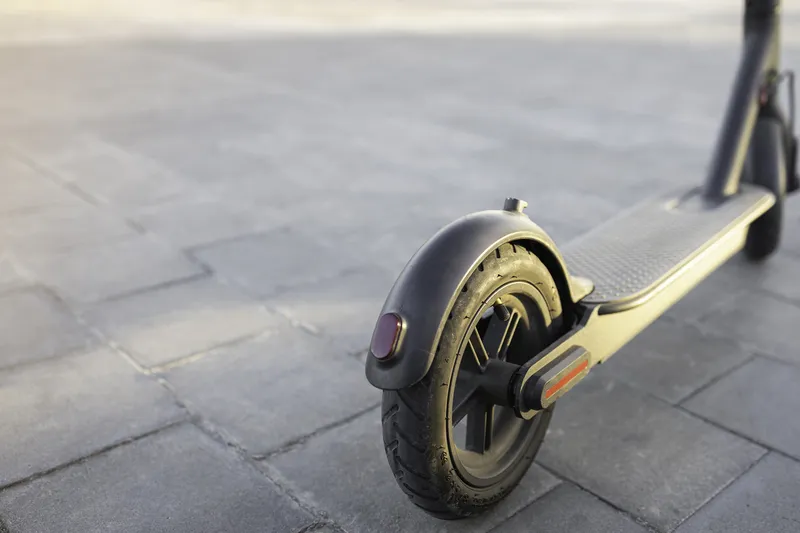SES America (SESA) has designed, engineered and manufactured over three hundred solar-powered embedded dynamic message signs (DMS) to be installed as part of the Massachusetts Department of Transportation’s (MassDOT)‘Go Time’ project.
According to SESA, once completed, the project will provide the largest travel time network available in any state in the US, allowing motorists across the country to instantly access travel time data on major corridors across the region.
Each site consists of static sig
April 6, 2016
Read time: 2 mins
According to SESA, once completed, the project will provide the largest travel time network available in any state in the US, allowing motorists across the country to instantly access travel time data on major corridors across the region.
Each site consists of static sign panels with pre-determined destinations and travel time data for each destination displayed on DMS embedded within the static sign. The sites also contain Bluetooth readers for data collection, as well as wireless modems to send and receive the collected travel time data wirelessly. The entire system is installed without the need for trenching and conduits to carry power and data cabling.
All components are powered from a single solar power system at each site, utilising multiple photovoltaic panels and a battery bank enclosed in an insulated cabinet to protect the batteries from heat and cold. SES America engineers designed and calculated the entire solar systems for each location which was then approved by Jacobs Engineering and MassDOT.









